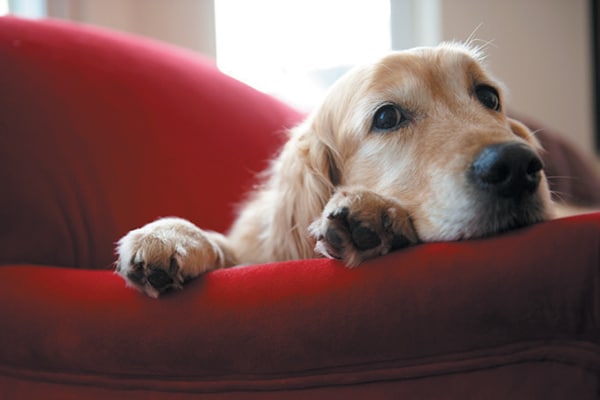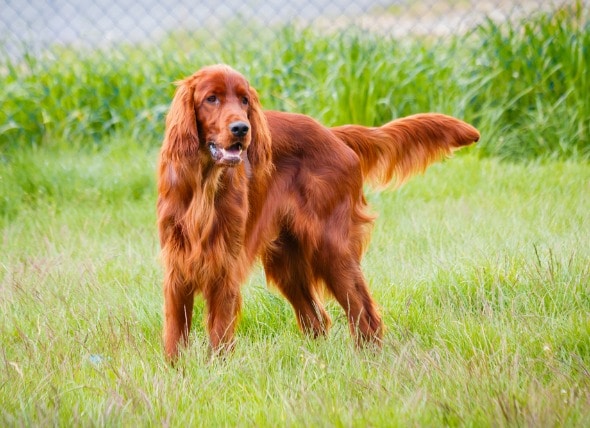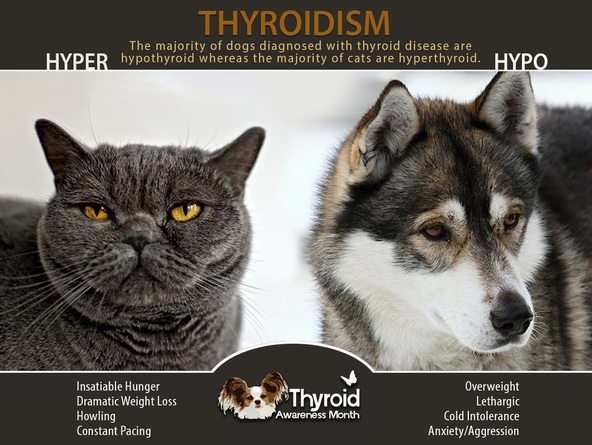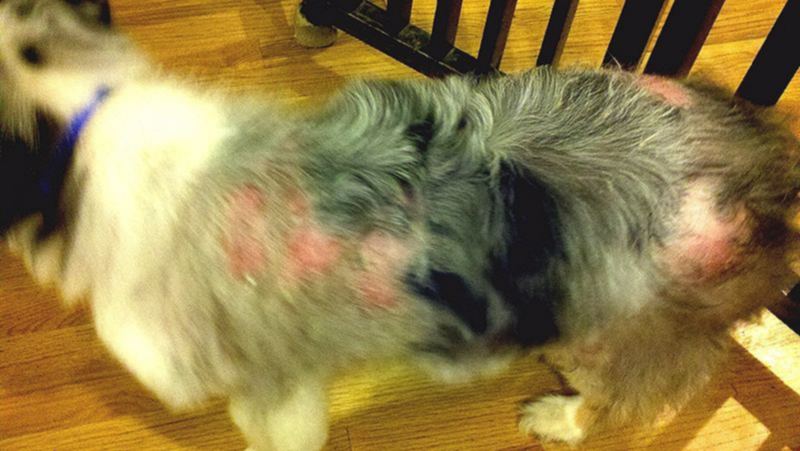Here are some of the most common causes of dog hair loss. Symptoms of hypothyroidism in dogs.

Hair Loss In Dogs Causes And How To Treat Them
If we saw these symptoms wed probably think about getting our dogs thyroid tested.

Hypothyroidism in dogs hair loss. The most common signs of low thyroid function in dogs include loss or thinning of the fur dull hair coat excess shedding or scaling weight gain reduced activity and reduced ability to tolerate the cold. Canine hypothyroidism is the most important of thyroid gland disorders and there are majorly two types of hypothyroidism. Hair coat changes and lethargy are always present with hypothyroidism.
A classic symptom of dog hypothyroidism is hair loss which is bilateral and symmetrical. Dog hair loss can have a number of causes ranging from disease or infection to a psychiatric disorder. Hypothyroidism in dogs is a pretty common condition that requires immediate medical attention.
Some cases of dog alopecia are hereditary while others are the result of medical treatments such as chemotherapy. Lethargy has a slow gradual onset over weeks to months typically and not all dogs with hypothyroidism have noticeable hair loss but the hair coat will have changes associated with non cycling like dry faded and broken hairs and recurrent bacterial infections 1. Hypothyroidism is a clinical condition resulting from a lowered production and release of t4 and t3 hormones by the thyroid gland.
Hypothyroidism in dogs. Most common in dogs between 4 and 10 years old hypothyroidism is rare in toy and miniature breeds more often affecting medium to large sized dogs. So it may involve the two sides of the dogs body the front of the neck down to the chest or the top of the tail.
Weight gain sluggishness bad skin hair loss and dislike of the cold. Read up on hypothyroidism in dogs here. Almost 90 percent of cases of hypothyroidism in dogs is an autoimmune disorder called autoimmune thyroiditis.
The classic symptoms of hypothyroidism are familiar to many. Signs of hypothyroidism include hair loss usually on your dogs trunk back of the rear legs and tail. These are the symptoms veterinarians are trained to look for too.
The thyroid gland is an essential gland in the body producing a number of hormones including t3 liothyronine and t4 levothyroxine both of which are required for normal metabolism in the body. Like you your pet can also suffer from thyroid disease. The hair loss occurs primarily over the body sparing the head and legs and is usually not accompanied by itching or redness of the skin.
This happens when the body erroneously interprets its own thyroid gland and hormones as foreign threats. If your dog is acting weird or has just been diagnosed youll want to educate yourself on the topic. He may also have black patches of skin.
The hair loss occurs primarily over the body sparing the head and legs. The most common reasons for hypothyroidism to develop are an underactive thyroid a decrease in hormone production and thyroid gland destruction. His coat will be dull and thin his skin flaky but not itchy or red which is usually tied to fleas or an allergic reaction.

Thyroid Hormone Deficiency In Dogs Petmd

What Causes Hair Loss Alopecia In Dogs And Cats 1800petmeds

Thyroid Cape Horn Veterinary Associates
Alopecia X Is A Pattern Of Baldness Veterinary Partner Vin

Hypothyroidism In Dogs Why Does It Happen And Can You Treat It


